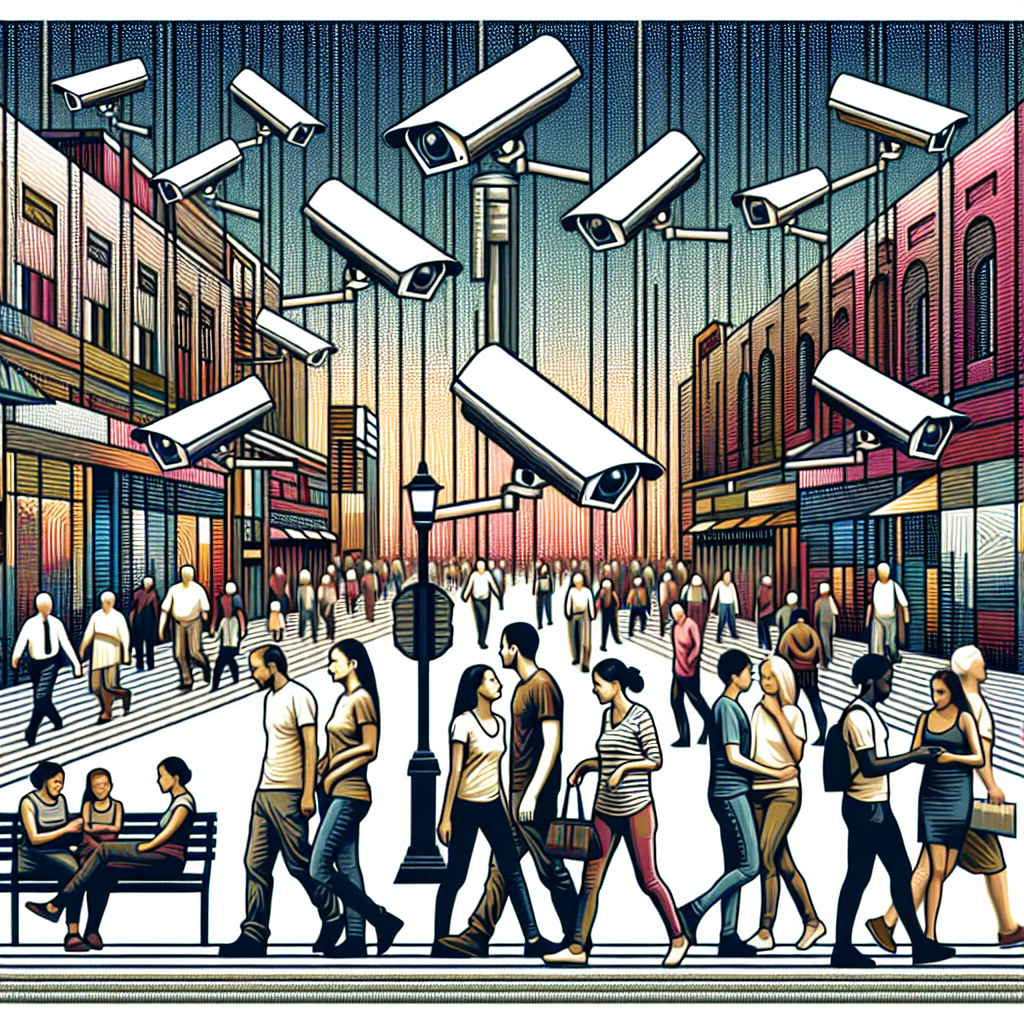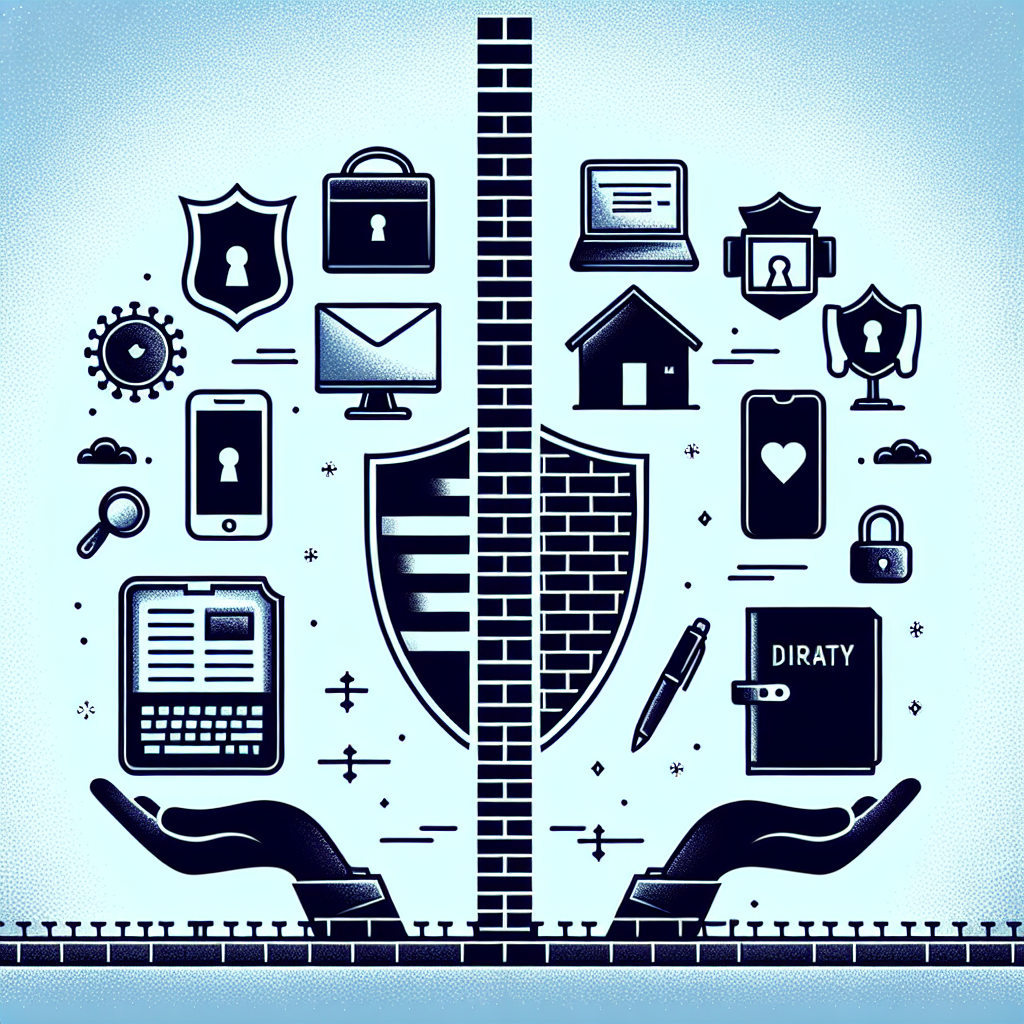Understanding Privacy in the Digital Age
In an era where surveillance has become ubiquitous, safeguarding your privacy is paramount. As government oversight increases through surveillance programs and data collection, citizens must employ strategies to protect their personal information. This article outlines robust methods to enhance privacy in this challenging environment.
1. Utilize Strong Encryption
Encryption is a critical tool for protecting sensitive data. It transforms readable data into an unreadable format, making it accessible only by those with decryption keys. Use end-to-end encryption for communication apps like Signal or WhatsApp to ensure your messages remain confidential. Similarly, encrypt your files and use secure cloud storage services that offer encryption.
2. Employ Robust Password Practices
Creating strong, unique passwords for each account is essential. Use a combination of uppercase and lowercase letters, numbers, and symbols. Consider using a password manager like LastPass or Dashlane, which can generate and store complex passwords, reducing the risk of theft through brute-force attacks.
3. Regularly Update Software and Devices
Keeping your operating system, applications, and devices updated is crucial for security. Many updates contain vital security patches that protect against vulnerabilities. Schedule regular updates or enable automatic updates to ensure you’re always fortified against the latest threats.
4. Use Virtual Private Networks (VPNs)
A VPN creates a secure, encrypted tunnel between your device and the internet, obscuring your online activities from prying eyes. It masks your IP address and makes it difficult for third parties, including government entities, to track your browsing history. Choose a reputable VPN provider that doesn’t keep logs of user activity for maximum privacy.
5. Limit Information Sharing on Social Media
Social media platforms are goldmines for personal data. Review your privacy settings and limit the information shared publicly. Be mindful of friend requests and consider creating separate accounts for professional and personal use. Avoid sharing sensitive details such as your location, contact information, or any other identifying data.
6. Understand Your Legal Rights
Familiarizing yourself with privacy laws in your country can empower you to protect your rights. In the U.S., for example, the Fourth Amendment protects against unreasonable searches and seizures. Additionally, several jurisdictions offer regulations related to data protection, such as the General Data Protection Regulation (GDPR) in the EU. Understanding these laws can assist you in ensuring your privacy during government oversight.
7. Be Cautious on Public Wi-Fi Networks
Public Wi-Fi networks are notoriously insecure, making your data vulnerable to interception. Avoid accessing sensitive information or entering personal credentials when connected to public networks. If you must use public Wi-Fi, ensure your VPN is activated to help secure your connection.
8. Use Secure Browsers and Search Engines
Consider using browsers like Firefox or Brave that emphasize privacy. These browsers include features such as built-in ad blockers and tracking prevention. Instead of Google, try search engines like DuckDuckGo or StartPage that do not track your search history or collect personal data.
9. Adjust Browser Privacy Settings
Most web browsers come with a variety of privacy settings that can be adjusted. Disable third-party cookies, use “Do Not Track” requests, and regularly clear your browsing history and cache. Install privacy-focused extensions like Privacy Badger and HTTPS Everywhere to enhance your security further.
10. Monitor Your Digital Footprint
Regularly audit your online presence to identify potential privacy risks. Conduct searches for your name and examine the results for any sensitive information. Use tools like Have I Been Pwned to check if your email address has been part of a data breach. If compromised, change your passwords and consider enabling two-factor authentication (2FA).
11. Be Wary of Phishing Attempts
Phishing scams target individuals through deceptive emails, messages, or websites designed to steal personal information. Always verify the sender’s identity before clicking on any links or downloading attachments. Use anti-phishing tools and services to help identify and block malicious attempts.
12. Engage in Secure Communication
When discussing sensitive matters, opt for secure communication platforms that offer encrypted voice and video calls. Applications like Signal and Telegram allow for private conversations without the risk of interception.
13. Enable Multi-Factor Authentication (MFA)
MFA significantly enhances account security by requiring multiple forms of verification. By enabling MFA on your accounts, even if a password is compromised, unauthorized access is unlikely without the second factor—such as a text message code or authentication app.
14. Stay Informed About Surveillance Practices
Keeping abreast of governmental policies regarding surveillance can help you adapt your privacy practices. Follow reliable news sources and privacy advocacy organizations to stay updated on legislative changes and best practices for digital security.
15. Support Privacy-Focused Organizations
Consider supporting organizations that advocate for privacy rights and work against invasive surveillance practices. Groups like the Electronic Frontier Foundation (EFF) provide resources and lobbying on behalf of individuals seeking to protect their privacy from government oversight.
16. Customize Location Services
Location services can reveal sensitive information about your whereabouts. Disable location tracking for apps that don’t need it, and regularly review the location history collected by devices and services. Turn off location sharing for social media and consider using non-location-based check-ins.
17. Educate Yourself and Others
Knowledge is the first step toward protection. Attend workshops, webinars, or read literature focused on privacy rights and digital security. Share this information with friends and family, creating an informed community aware of privacy risks.
18. Be Mindful of IoT Devices
Internet of Things (IoT) devices can introduce vulnerabilities due to inadequate security features. Change default passwords, disable unnecessary features, and regularly update firmware. Keep a record of these devices and regularly review their security settings.
19. Use Digital Minimalism
Minimize your digital footprint by limiting the number of accounts and services you use. Deactivate or delete accounts you no longer use, and be selective about what information you share online. This reduces your exposure to potential breaches and surveillance.
20. Seek Professional Help When Necessary
If you believe your privacy has been compromised or you are targeted by government oversight, consider consulting a privacy attorney or a cybersecurity expert. They can provide tailored advice and strategies to help protect your privacy rights effectively.
By implementing these practices, individuals can maintain greater control over their privacy, even in a world where government oversight and surveillance are prevalent. These strategies not only enhance personal security but also empower individuals to navigate their digital lives with confidence. Through vigilance and proactive measures, privacy can be preserved amidst growing oversight.













Leave a Reply